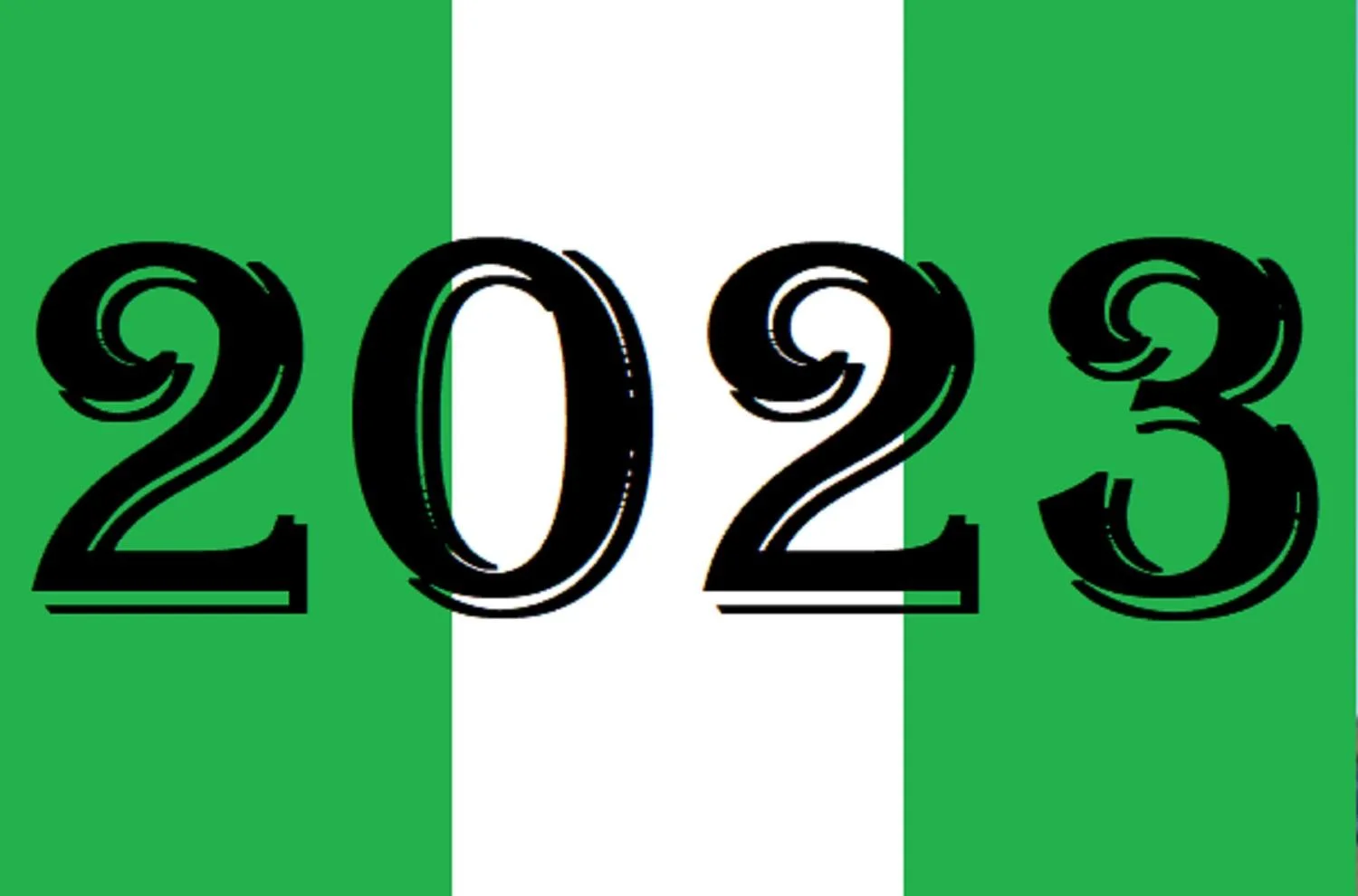Ahead of the forthcoming general elections in 2023, which the Independent National Electoral Commission (INEC) is expected to conduct in 176,846 polling units across the federation, a civil society group with interest in electoral reforms has criticised what it termed as abysmally low participation of youth candidates in the proposed exercise.
Yiaga Africa, at a stakeholders conference in Abuja, said youth candidacy in the 2023 polls stood at just 4,398 out of a total of 15,336 candidates, representing a paltry 28.6 percent of the total number of candidates aspiring to occupy the office of President, Governors, National Assembly and State Houses of Assembly seats.
Samson Itodo, Executive Director of the group, attributed some factors for this decline, ranging from excessive cost of nomination forms, highly commercialised party primaries, the substitution of candidates, and the deregistration of political parties.
He explained that the highly monetized party primaries shrunk the political space and limited fair competition, a development that stopped most young aspirants from pursuing their political dreams due to the non-affordability of the forms and lack of resources to procure delegates.
Key findings by Yiaga Africa from the 2023 candidates analysis also indicate that 43.2 percent of youth candidates in the 2023 election are direct beneficiaries of the not too young to run act, noting that of the 15,336 candidates in the ballot in the 2023 elections, 4,398 are youth candidates with only 1,899 between the ages of 25-30 years.
The report also indicates that youth candidacy declined from 34 percent in the 2019 election to 28.6 percent in the 2023 elections.
It also noted that eighteen political parties nominated 15,336 candidates for one Presidential, 28 Governorship elections, 469 legislative seats in the National Assembly and 993 legislative seats in the State Houses of Assembly.
In the analysis made available to media practitioners, political parties were observed to have nominated more candidates for legislative elections at the state level than Executive or National Assembly seats. Insisting that State Assembly elections and House of Representatives elections recorded the highest level of youth candidacy. Of which 35.6percent of candidates of State Assembly are youth, 21.6 percent for House of Reps, and only 3.7 percent of candidates in the Senatorial elections are youth.
Itodo stated during a press conference, “Among the young candidates, seven individuals representing 0.2 percent belong to persons living with disabilities in the 2023 election, while eleven percent are female youth candidates.
“We are therefore of the opinion that to secure electoral victory for youth candidates, political parties should provide technical, financial, and logistics support to young male and female candidates during the campaigns.
“Youth candidates will require technical support to hone political organising skills and improve knowledge of election day operations and legal framework for elections.”





2 Comments